An Adventure of History and Taste Wrapped Up In Golden Crust!
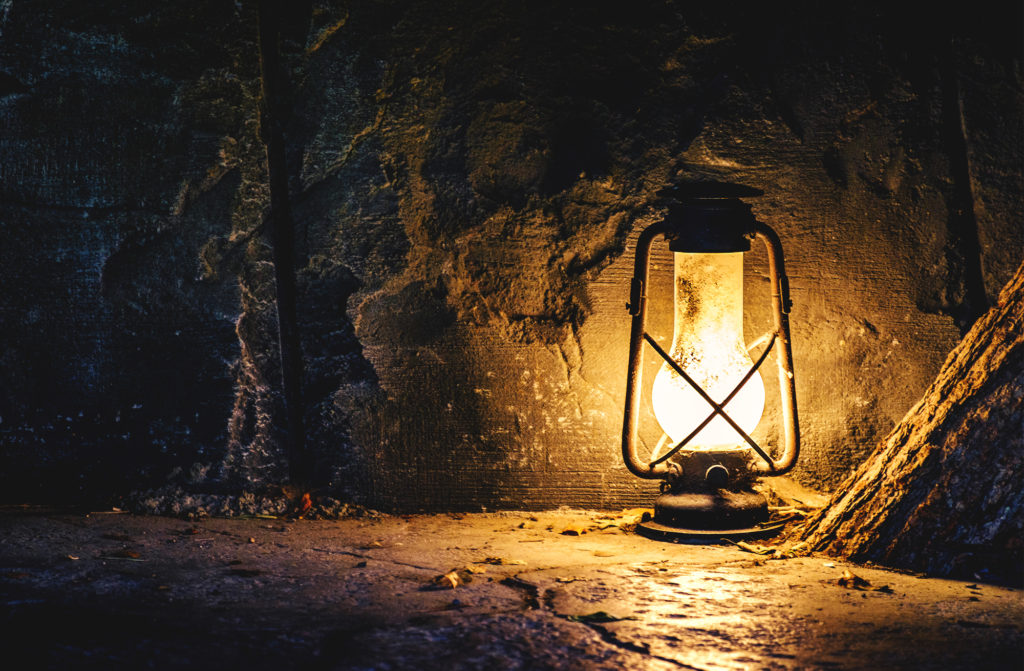 Today’s visit to Mamo’s Kitchen comes from my cousin Kim and her husband Jim, by way of Cornwall County, in south west England, where much of Jim’s rich family history is rooted. In the 18th and early 19th centuries Cornwall was famous for its tin mines and, as luck would have it, for its pasties (pronounced pass-tē, like nasty…not with a long a, which would make this a completely different subject altogether!). Cornish pasties (or pastys depending on your source) are golden, crusty pockets filled with meat and potatoes, swede (rutabagas) and onions, and spices, and are a source of great pride and debate for true Cornishmen. They have even been designated by the European Union as a protected regional food. Pasties can still be found today all around Cornwall, and in pubs in London, as well as here in the US in places where Cornish miners migrated years ago. There are also some specialty stores and restaurants that serve them, but they are very different now from the pies of yesteryear, which were
Today’s visit to Mamo’s Kitchen comes from my cousin Kim and her husband Jim, by way of Cornwall County, in south west England, where much of Jim’s rich family history is rooted. In the 18th and early 19th centuries Cornwall was famous for its tin mines and, as luck would have it, for its pasties (pronounced pass-tē, like nasty…not with a long a, which would make this a completely different subject altogether!). Cornish pasties (or pastys depending on your source) are golden, crusty pockets filled with meat and potatoes, swede (rutabagas) and onions, and spices, and are a source of great pride and debate for true Cornishmen. They have even been designated by the European Union as a protected regional food. Pasties can still be found today all around Cornwall, and in pubs in London, as well as here in the US in places where Cornish miners migrated years ago. There are also some specialty stores and restaurants that serve them, but they are very different now from the pies of yesteryear, which were  steeped in tradition and lovingly prepared by hand.
steeped in tradition and lovingly prepared by hand.
Pasties were painstakingly crafted and baked, then wrapped in bags of paper or muslin. Miners, including Jim’s great- grandfather John Trevethan, would carry them in their pockets down into the mines for their midday meal. If the pasties got too cold, the miners would warm them up on their shovels over candles. Some accounts say carved-dough initials or other codes were added on one end of the pie, and the miner would eat from the other end so that if he was unable to finish the whole thing he could tell which pie belonged to whom later. Additionally, the thick crimped crust edge functioned as a disposable handle for the miners to hold with their dirty hands (tin mining produces arsenic dust). The superstitious miners would then leave these crusts behind to appease the ghosts, or “knockers”, inhabiting the mines.
When times were hard and meat was not affordable, the pasties would be filled with extra potatoes and were called “tiddy oggy” (potato pasty). Truth be told, quite often the pies were filled with whatever was available or affordable, giving rise to an old Cornish saying that went something like “the Devil hisself was afeared to cross over into Cornwall for fear ee’d end up in a pasty.”
 As the mining boom in Cornwall started its decline, John followed the Gold Rush to Australia, and then to California, where his mining skills were in demand. He eventually found his way back to Cornwall and married Elizabeth (Bessie) Jenkins, a beauty from neighboring Redruth. Eventually John and Bessie immigrated to upstate Michigan along with many other Cousin Jacks and Cousin Jennies (a colloquial term used to describe migrating Cornishmen) to work in the mines there, bringing their family pasty recipe with them.
As the mining boom in Cornwall started its decline, John followed the Gold Rush to Australia, and then to California, where his mining skills were in demand. He eventually found his way back to Cornwall and married Elizabeth (Bessie) Jenkins, a beauty from neighboring Redruth. Eventually John and Bessie immigrated to upstate Michigan along with many other Cousin Jacks and Cousin Jennies (a colloquial term used to describe migrating Cornishmen) to work in the mines there, bringing their family pasty recipe with them.
Their son Percy was born there and later his wife, Anna Marie, was taught the intricate secrets of making Trevethan pasties. Grandma and Grandpa T eventually passed the recipe and the tradition to their son Alexander. In turn, Al and his wife Ethel were entrusted to carry on the tradition for their three children. Jim recalls eating the pasties from the time he and his siblings Lori and Tom were small children, and he has many great memories of making these wonderful pasties together as a family.
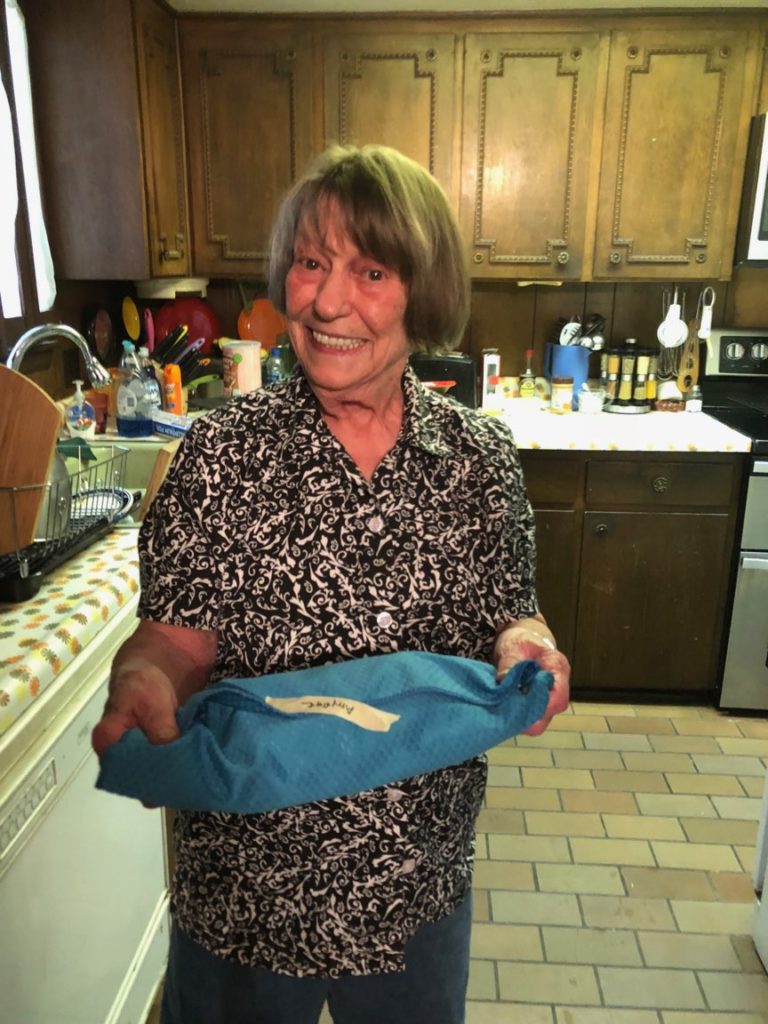
When they lived in Colorado for a time, Ethel made pasties for out-of-town guests and they would drive out to the tourist area at the Cripple Creek mine and have a picnic…what a memory! And pasties are, by far, the most requested birthday meal in the family. When Kim first met Jim, his family talked about pasties in hushed, even reverent tones (her words…I swear!). A lot of work (and love) went in to making those pies, and you could taste it in every bite.
“To forget one’s ancestors is to be a brook without a source, a tree without a root.” – Chinese Proverb
There are other pasty recipes out there, but the recipe below has been passed down from generation to generation…filling pockets, birthdays, picnics, reunions, and countless other celebrations; making memories and bringing family together for many decades. I hope you give it a try and make some new memories with your family.
Let me know how they turn out and remember to always include a little Slice of Spice in your every day!
Michele
Note: For the sake of time, the family now uses ready-made pie crusts for their pasties, but I have added a traditional pasty crust recipe below if you want to make your own.

Trevethan Cornish Pasties
Golden crusts stuffed full of meats and vegetables in the traditional Cornish style.
Ingredients
- 1 1/2 lbs round steak, cut into bite size pieces can use skirt steak
- 1/2 lb boneless pork chops, cut into bite size pieces
- 2 large onions, chopped
- 2 swede or rutabagas, thinly sliced
- 6 medium potatoes, peeled and thinly sliced
- 2 tsp salt
- 1 tsp black pepper
- 2 tbsp parsley, chopped - optional and to taste
- 6 Ready-made piecrusts
Instructions
-
Preheat oven to 375 degrees
-
Mix salt, pepper, and parsley into steak; add pork chops.
-
Fold pie crusts in half and place back- to- back in a pie tin or pie plate. Put about 2 cups of filling ingredients inside each folded crust on one half - enough to make a nice, fat pasty, leaving about 1 inch of crust around the edge for crimping.
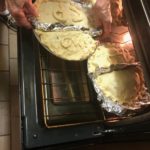
-
Press crust edges closed. For the traditional thick edge roll the pressed edge over and crimp.
-
Carve initials into crust or use crust trimmings to add initials to top of pasty. Bake two to a tin back-to-back for one hour.
-
Remove from oven and wrap each pasty with aluminum foil. Wrap individually in a small, clean towel. Let them steam for one hour.
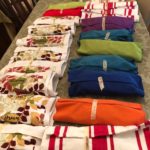
-
Tear end off foil, spread ketchup on the pasty as you eat it, and enjoy!

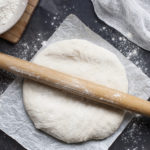
Pasty Crust Recipe
Easy crust recipe perfect for your pasties!
Ingredients
- 4 1/2 cups all-purpose flour
- 1 tsp salt
- 1 cup lard or vegetable shortening
- 1 1/2 cups ice cold water
Instructions
-
In large bowl, sift together flour and salt.
-
With a pastry blender or two knives cut lard or shortening into flour until the mixture is the size of small peas.
-
Sprinkle in water a little at a time, tossing with a fork until flour is moistened and dough almost cleans side of bowl. Form dough into a ball and cut into 6 equal pieces.
-
On a lightly floured surface roll out each piece with a floured rolling pin, into a 7-8 inch circle. Fill and bake as directed in recipe you are using.


Thanks for the wonderful guide
Thanks for checking us out Mariel!
You’ve got me salivating here! I LOVE pasties, this is an awesome post 😁 now I’m hungry…
Thank you Dan! It was a lot of fun doing this one!
These look amazing. I’ll have to bookmark this for later!
Thanks Valerie! Let me know how they turn out!
These look so delicious! I can’t wait to try them!
Thank you Tamie! I hope you enjoy them!
Yum! These look absolutely delicious! Thank you for sharing the recipe and interesting to read more about pasties too! 💖 xx
Bexa | http://www.hellobexa.com
Thank you for checking it out! Hope you drop back by!